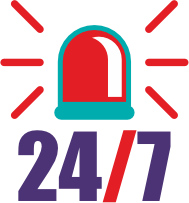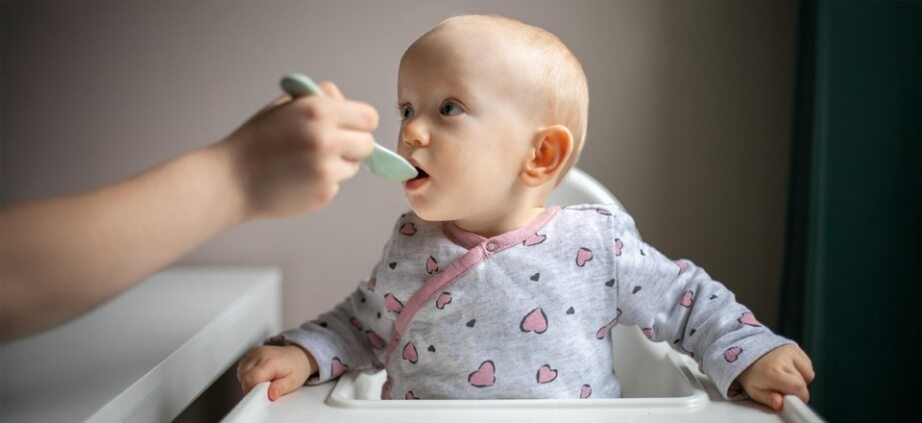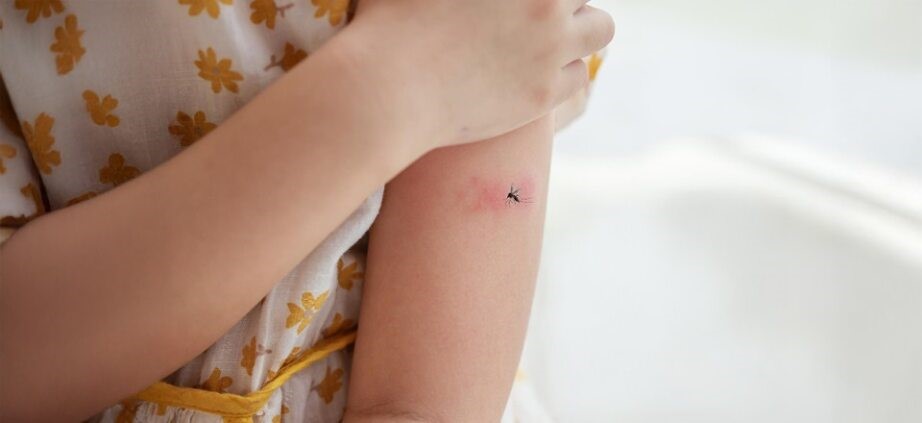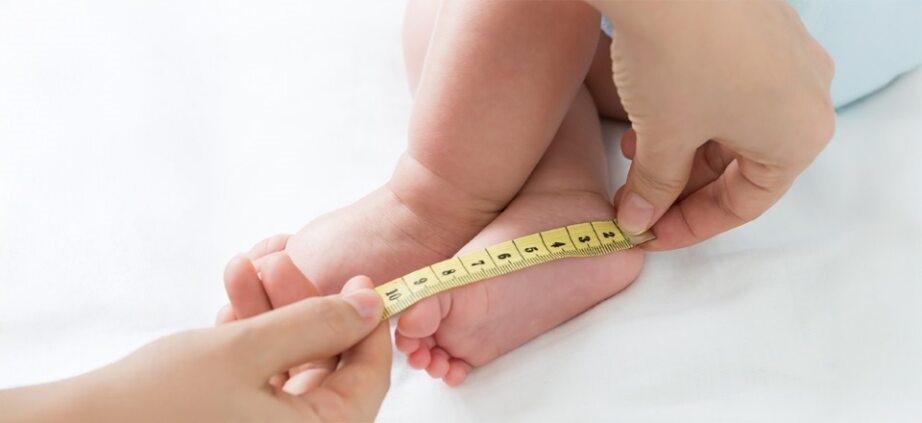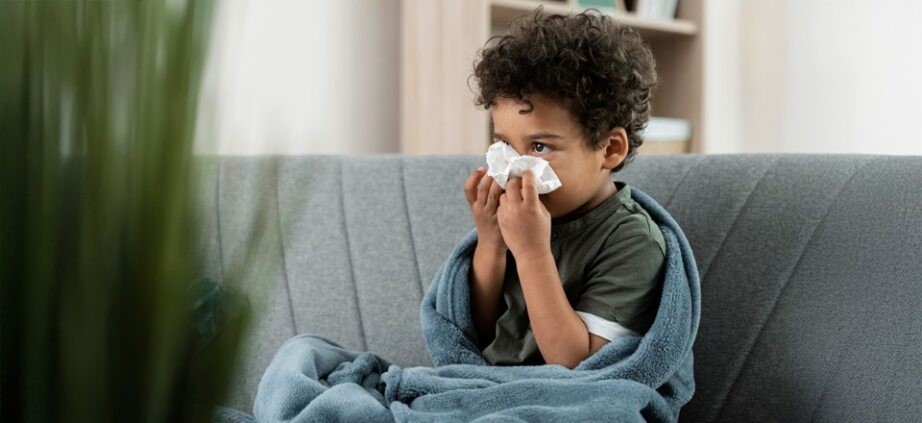Categories
Gripe Water for Babies: Safe Dosage, Benefits, Side Effects & Tips for Parents
Aug 12, 2025
When a baby cries for what feels like forever, you start scanning for patterns. Is it the belly? The feed? The hour of the day? Gripe water for babies sits on many shelves as a quick fix—but it helps only in specific situations. Below is what you can observe at home, where gripe water fits (and where it doesn’t), and clear steps to try before and after you open a bottle.
Disclaimer: This blog aims to provide general information and should not be considered a substitute for professional medical advice, diagnosis, or treatment. Always consult a qualified healthcare provider about your health. If you think you may be experiencing a medical emergency, seek immediate help.
Read the signs before you reach for a bottle
- Knees-up, back-arch cry (often evenings): louder, higher pitch; legs pull to the chest; fists clench; passing gas brings a few minutes of calm.
Likely cause: gas/colic; try burping and positions first.
- Ten-minute post-feed squirm: calm during the feed → wriggles and grimaces 10–30 minutes later; belly feels tight; a burp gives brief relief.
Likely cause: swallowed air or fast milk flow.
- Wet burps with milk dribble: small spit-ups, sour smell, pulling off breast/bottle, arching mid-feed.
Likely cause: reflux cues—gripe water for babies won’t solve the cause.
- Still-hungry cry: rooting, hand-sucking, calms as soon as feeding resumes.
Likely cause: more milk or paced feeding—not gripe water.
- Overtired spiral: red eyebrows, glazed stare, startles at small sounds, then hard crying.
Likely cause: sleep debt; settle to sleep rather than add new tastes.
What gripe water for babies is (and isn’t)
A flavored liquid (often herbal—fennel, dill, ginger; sometimes sodium bicarbonate) marketed to soothe gas, colic, or hiccups. Some babies settle; others don’t. Calm can come from sucking, taste, warmth, and time—not just the herbs. Avoid any product with alcohol, added sugar, dyes, or a vague ingredient list.When not to use it
- Under 1 month of age. A newborn’s gut is still adapting; don’t use unless your pediatrician specifically advises it.
- If feeding is poor, or there’s fever, green vomit, or blood in stool. These are medical issues, not “gas.”
- If the label lists alcohol, sugar, artificial colors/flavors, or high sodium bicarbonate.
If you choose to try it, use it safely
- Age: over 1 month only, and after a pediatrician agrees it’s reasonable for your baby.
- Dose: follow the label for age/weight—never “a little extra.”
- Timing: offer between feeds or after a burp, not instead of a feed.
- Frequency: occasional trial; not every feed and not daily for weeks.
- Stop and reassess if you see a new rash, vomiting, diarrhea, more gas, or unusual sleepiness.
What usually works better (and faster)
- Burp with purpose: pause mid-feed and at the end; try upright over the shoulder, seated on your lap (support the chin), and tummy-down across your forearm.
- Paced bottle feeding: keep the bottle more horizontal; pause every 20–30 sucks; switch to a slower-flow nipple if coughing/spilling.
- Latch/fit check: deep latch (breast) or well-sealed nipple (bottle) = less swallowed air.
- Helpful positions: upright hold for 20–30 minutes after feeds; day-time tummy time; gentle bicycle-legs.
- Soothing set: swaddle, side/stomach hold (for soothing only, not for sleep), white noise, rhythmic rocking.
What parents often notice—and how to read it
- Calmer for 20–40 minutes after a small dose: likely taste/sucking/being held; not proof the herbs “fixed gas.”
- More spit-ups with bicarbonate-heavy products: lowering stomach acid can increase gassiness for some babies.
- Loose stools or rash after a new brand: possible sensitivity—stop and call your pediatrician.
- No change at all: common; refocus on feeding/soothing technique and review reflux or milk-protein sensitivity with your doctor.
Red flags—don’t wait
Seek care promptly for:- Fever, persistent vomiting (especially green), poor feeding, or fewer than 6 wet diapers/day after day 5 of life
- Bloody stools, projectile vomiting, swollen/tender belly
- Lethargy, weak cry, blue/gray color around lips or tongue
A 48-hour plan you can use tonight
- Evening 1: paced feeds + extra burps + upright hold after each feed; log cry length and what helped.
- Evening 2: repeat. If your baby is over 1 month and still distressed, message your pediatrician about a short, labeled trial of gripe water for babies.
- End of Day 2: if there’s no clear improvement, stop the product and ask about reflux assessment, milk-protein issues, or feeding technique tweaks.
If you’re seeing a pediatrician in Chennai (why your city matters)
Chennai’s heat and humidity can intensify evening fussiness (dehydration, sticky sleep, hot car rides). If you’re choosing a pediatrician in Chennai:- Storage reality: many homes run warm. Pick sealed, clearly labeled gripe water that is stable at room temperature; keep it in a cool cupboard—not in a hot car or balcony cabinet.
- Buying safely: prefer sealed bottles from established pharmacies; check batch/lot number, expiry, and a customer helpline. Avoid unsealed or decanted “herbal” mixes.
- Clinic support: ask your pediatrician to review common local brands and advise age limits, dosing, and stop rules. Many clinics offer same-day teleconsults for colic plans and can demonstrate paced-feeding on video.
- When to go in person: poor weight gain on the clinic scale, frequent spit-ups with arching, or unsettled evenings despite paced feeds and burping.
FAQs (short answers)
Does gripe water cure colic?
No. It may soothe briefly for some babies. Colic usually peaks around 6 weeks and improves by 3–4 months.Can I give it every day?
Avoid routine use. Keep it occasional, at labeled doses, and only with your pediatrician’s okay.Which ingredients should I avoid?
Alcohol, added sugar, dyes, strong flavors, and high sodium bicarbonate. Skip unlabeled or home-mixed versions.Should I stop breastfeeding if I use it?
No. Feeding comes first; gripe water is not a substitute.Bottom line
Gripe water for babies can be a brief, cautious experiment—never a routine, never a replacement for feeds, and never for newborns under one month. Read your baby’s cues, fix feeding and burping first, and keep your pediatrician in the loop—especially if the crying pattern doesn’t change after two evenings of solid, non-medicine steps.Disclaimer: This blog aims to provide general information and should not be considered a substitute for professional medical advice, diagnosis, or treatment. Always consult a qualified healthcare provider about your health. If you think you may be experiencing a medical emergency, seek immediate help.

